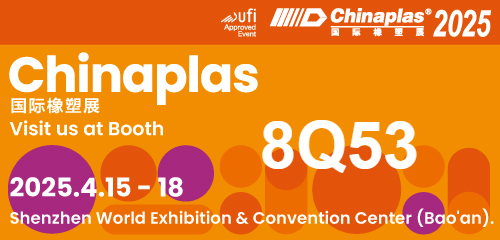The configuration of the screen changer for the PP strapping band production line is a comprehensive process that requires consideration of multiple factors to ensure smooth operation of the production line and product quality. Here are some key configuration points:
I. Material Characteristics
Melting Point and Flowability: The melting point and flowability of PP (polypropylene) determine the temperature and pressure range that the screen changer must withstand. Therefore, when selecting a screen changer, it is essential to ensure that its material and structural design meet these requirements.
Corrosivity: Consider whether the PP material contains corrosive substances to select appropriate materials and sealing methods to prevent the screen changer from being damaged by corrosion.
Fluidity: The fluidity of the raw material affects the efficiency and stability of the screen changer. Materials with good fluidity require a screen changer with higher precision and stability during screen changes.
II. Production Requirements
Production Continuity: PP strapping band production places high demands on continuity, so the screen changer should have the capability for rapid or uninterrupted screen changes to minimize production interruptions.
Production Capacity: Based on the production line's capacity requirements, configure a screen changer with corresponding processing capabilities. High-capacity production lines require screen changers with faster screen change speeds and larger processing volumes.
III. Equipment Compatibility
Extruder Type: Single-screw and twin-screw extruders have different requirements for screen changers, necessitating the selection of a compatible screen changer. For example, twin-screw extruders may require more complex screen changer structures to handle higher pressures and temperatures.
Screen Changer Type: Common types of screen changers include plate-type and column-type. Each type has its characteristics and application scenarios. For instance, plate-type screen changers are suitable for situations requiring high screen change speed and precision, while column-type screen changers are better suited for handling high-viscosity, high-pressure materials.
IV. Automation Level
Depending on the automation level of the production line, one can choose between manual, semi-automatic, or fully automatic screen changers. Fully automatic screen changers significantly improve production efficiency and screen change precision, reducing manual intervention and errors.
V. Cost and Benefit
Equipment Cost: Different brands and models of screen changers vary significantly in price, requiring selection based on budget. Additionally, consider the long-term operating and maintenance costs of the equipment.
Operating Cost: This includes the energy consumption of the screen changer, maintenance costs, and the cost of consumables such as replacement screens. Choosing a screen changer with low energy consumption, easy maintenance, and low consumable costs helps reduce overall operating costs.
VII. Customized Configuration Scheme
Due to the varying specific needs of different production lines, it is recommended to communicate with professional equipment suppliers or engineers to develop a customized configuration scheme based on the specific situation of the production line. A customized configuration scheme can better meet the actual needs of the production line, improving production efficiency and product quality.
In summary, the configuration of the screen changer for the PP strapping band production line requires comprehensive consideration of material characteristics, production requirements, equipment compatibility, automation level, cost and benefit, as well as brand and reputation. Through a scientific and rational configuration scheme, the smooth operation of the production line and the stable improvement of product quality can be ensured.
Email: info@battemachinery.com
WhatsApp: +86 158 38331071
Previous:PP drawing melt pump used in woven bag production lineNext:Application of Bidirectional Pulling Film Melt Gear Pump


